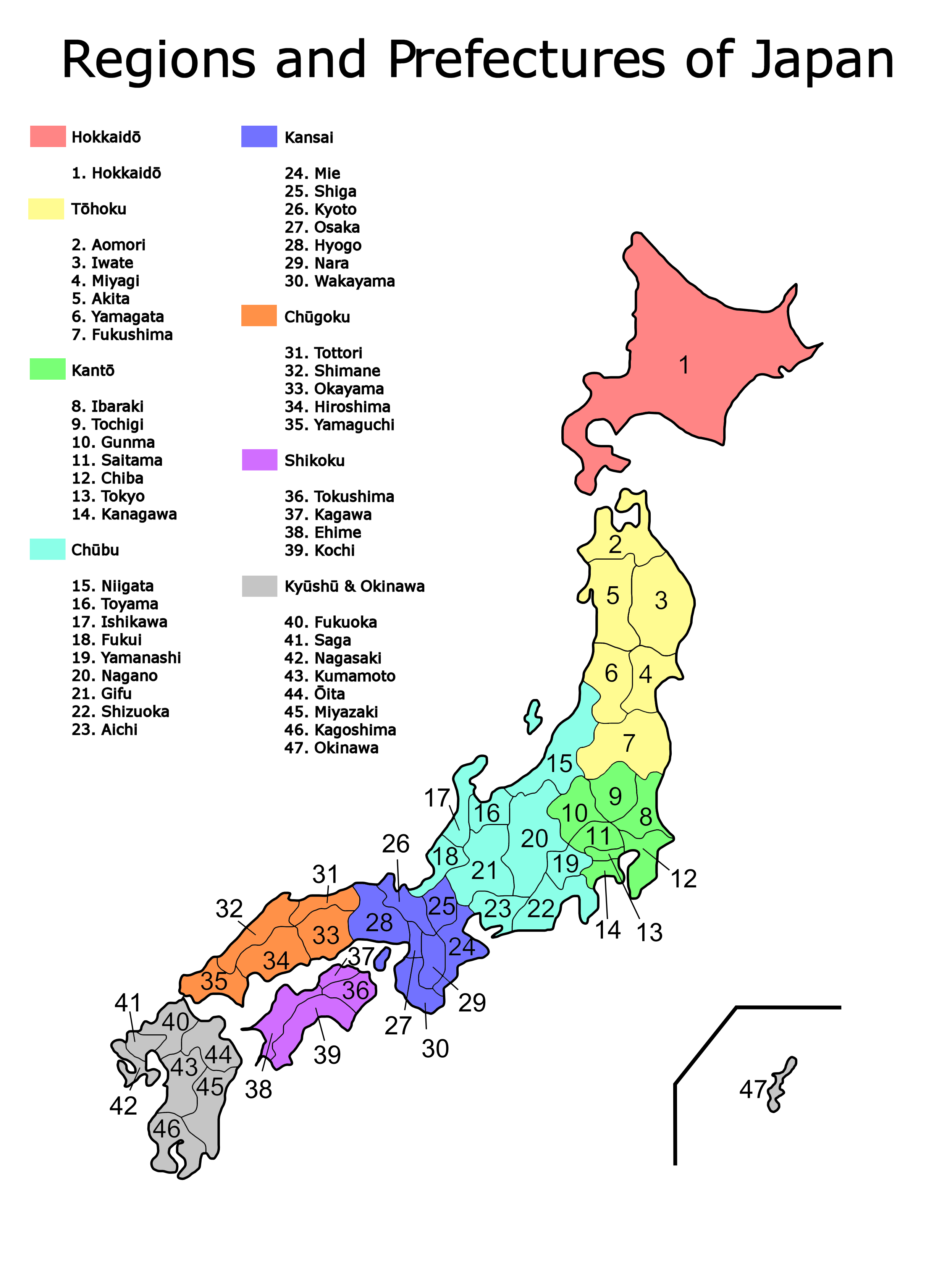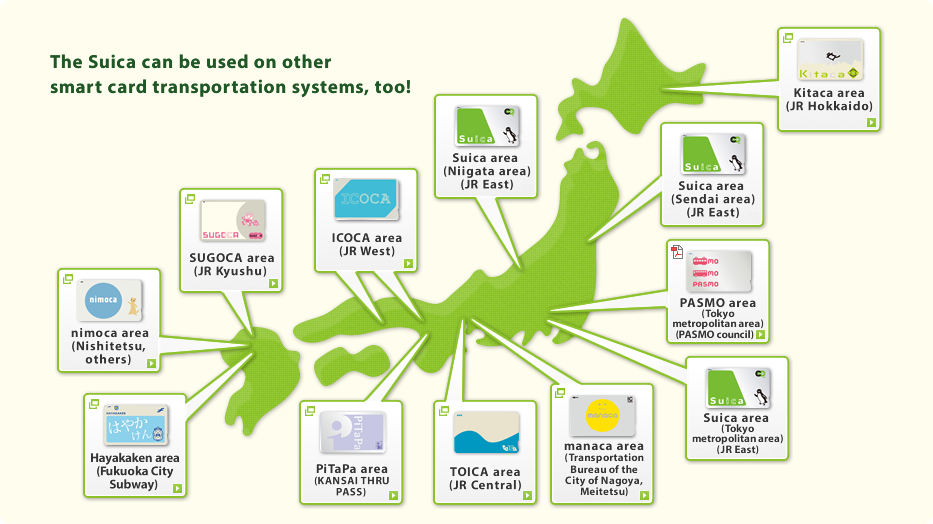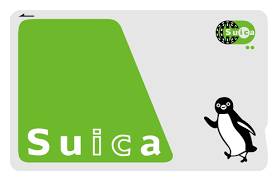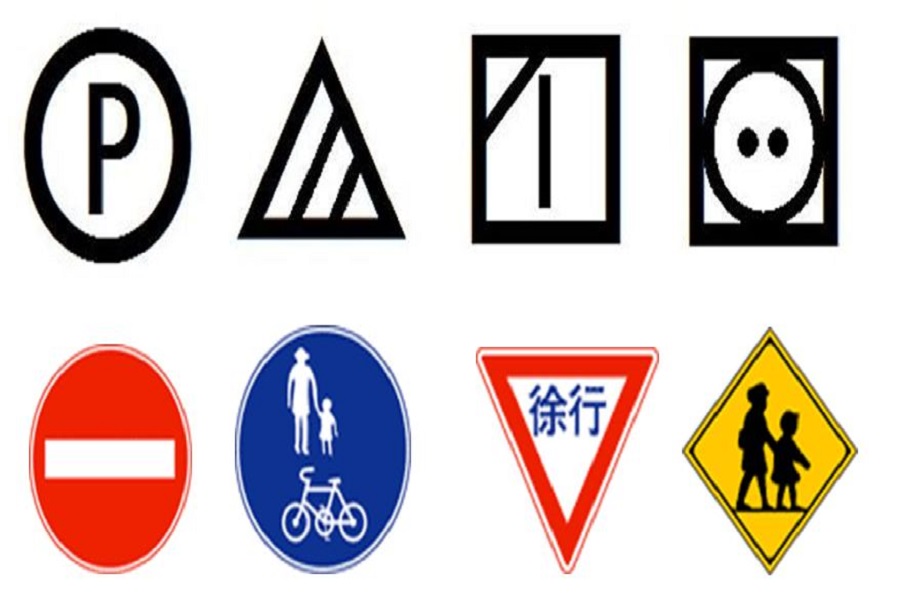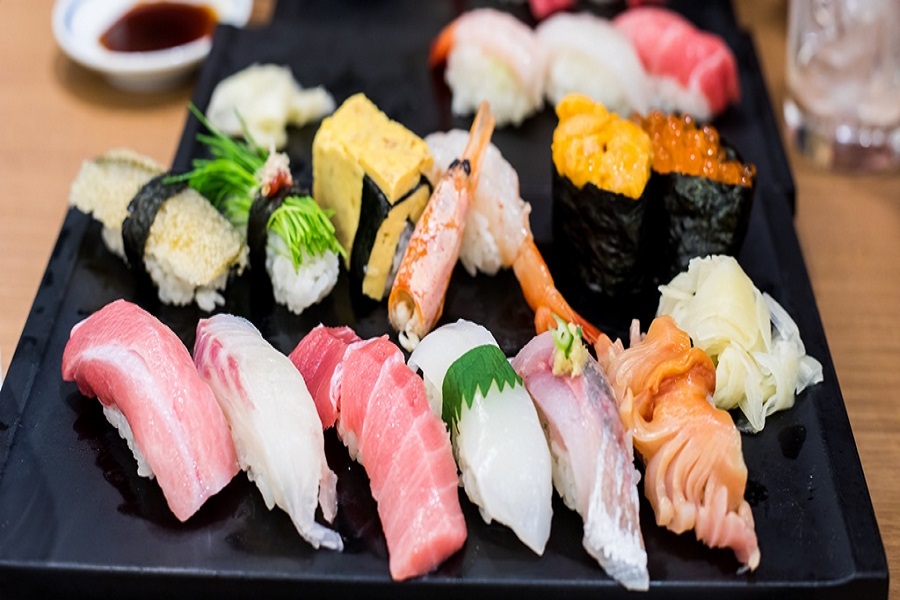Transportation System
Public transportation in Japan is extremely convenient, so much so that many people do not even have a driver's license, let alone a car. You can go almost anywhere in the country using public transport, so don't let your lack of a car or friend with a license keep you from exploring.
Check out this section to learn more about Japan's railways, the train lines and schedules in your area, how to buy a train ticket, and how to use the bus. Select a category from the left or scroll down to see the whole section.
Train maps
Major Railways
Public transportation in Japan is far more advanced than in other countries, and owning a car is unnecessary in urban and suburban areas. For more information on the railways in your area, check out the English sites below. You can find rail maps, schedules, fare information, and other information on the train lines near you.
↓You can see the regions and prefectures map of Japan by clicking the button below.
Tohoku (Northeast)
(Akita, Aomori, Fukushima, Iwate, Miyagi, Yamagata)
JR East
English source:http://www.jreast.co.jp/e/
Hokuriku (Western Seaboard)
(Fukui, Ishikawa, Niigata, Toyama)
JR East
English source:http://www.jreast.co.jp/e/
JR West
English source:https://www.westjr.co.jp/global/en/
Kanto (Greater Tokyo Area)
(Chiba, Gunma, Kanagawa, Ibaraki, Saitama, Tochigi, Tokyo)
JR East
English source:http://www.jreast.co.jp/e/
Keio
English source:https://www.keio.co.jp/english/index.html
Keihin Express (Keikyu Haneda Airport Access)
English source:http://www.haneda-tokyo-access.com/en/
Keisei Electric Railway
English source:http://www.keisei.co.jp/keisei/tetudou/skyliner/us/index.php
Seibu Railway
English source:https://www.seiburailway.jp/railways/tourist/english/
Sotetsu Railway
English source:http://www.sotetsu.co.jp/en/
Toei Transportation
English source:https://www.kotsu.metro.tokyo.jp/eng/
Tokyo Metro
English source:http://www.tokyometro.jp/lang_en/index.html
Tokyu Corporation
English source:http://www.tokyu.co.jp/global/english/index.html
Chubu (Central)
(Aichi, Gifu, Mie, Nagano, Shizuoka, Yamanashi)
JR Central
English source:http://english.jr-central.co.jp/index.html
Meitetsu
English source:http://www.meitetsu.co.jp/eng/?_ga=2.207960018.1772230927.1494398107-49367638.1494393288
Kinki (Greater Kyoto Area)
(Hyogo, Kyoto, Nara, Osaka, Shiga, Wakayama)
JR West
English source:https://www.westjr.co.jp/global/en/
Hankyu Railway
English source:http://www.hankyu.co.jp/global/en/
Hanshin Electric Railway
English source:http://www.hanshin.co.jp/global/en/index.html
Keihan Railway
English source:https://www.keihan.co.jp/travel/en/
Kintetsu Railway
English source:http://www.kintetsu.co.jp/foreign/english/
Nankai Electric Railway
English source:http://www.howto-osaka.com/
Shikoku
(Ehime, Kagawa, Kochi, Tokushima)
JR Shikoku
English source:http://www.jr-shikoku.co.jp/global/en/
Kyushu
(Fukuoka, Kagoshima, Kumamoto, Miyazaki, Nagasaki, Oita, Saga)
JR Kyushu
English source:http://www.jrkyushu.co.jp/english/
Chugoku (China-side Seaboard)
(Hiroshima, Okayama, Shimane, Tottori, Yamaguchi)
JR West
English source:https://www.westjr.co.jp/global/en/
IC Cards in Japan
IC Card Train Passes
Getting around in Japan is easy, and train passes make this even easier. In addition to forgoing the need to buy physical tickets, train fares are actually cheaper if you use an IC (integrated circuit) Card train pass.
In general, they cost ¥1,000 (¥500 deposit, ¥500 to use) to make, and you add money to it whenever you need at ticket machines that allow charging.
Many stations also have proprietary charging stations for IC Cards. Only cash can be used to charge an IC Card. Most ticket and charging machines also have an English option to make it easier to use, so if you are unsure how to use a machine, please change it to English.
The following cards are the most popular nationally:
※ To learn more about these cards, please visit the English sites listed beneath the pictures.
Using IC Cards
When using for trains and buses, simply touch the card to the blue IC sensor at the ticket gate (for trains), or touch the card to the blue IC sensor when you get on, and again when you get off (for buses). You cannot use IC Cards on taxis.
IC Cards can also be used to make purchases at convenience stores within or close to train stations, for onboard refreshment on special express trains, vending machines within or close to train stations, and coin lockers in large stations.
Buying Train Tickets
Most ticket machines these days have an English option, but in the event that the station you’re using does not have English-capable ticket machines, the following steps are pretty universal.
- Find the station you are going to on the map above the ticket machines and take note of the cost. If you are buying an adult ticket, the more expensive price will be the adult cost.
- Put your money in the ticket machine and select the fare cost you’re looking for.
- If you are NOT changing train lines at any point between boarding and your last stop, you can select the fare directly from this screen.
- If you WILL need to change train lines at any point between boarding and your last stop, please tap the Transfer Ticket (私鉄のりかえ) button, select the fare cost, select the station at which you will transfer, and the ticket will be dispensed.
※ When using physical tickets instead of an IC Card, be sure to check the ticket gate you are lining up for, as not all gates accept tickets these days. The number of IC ONLY gates are increasing, so please be careful.
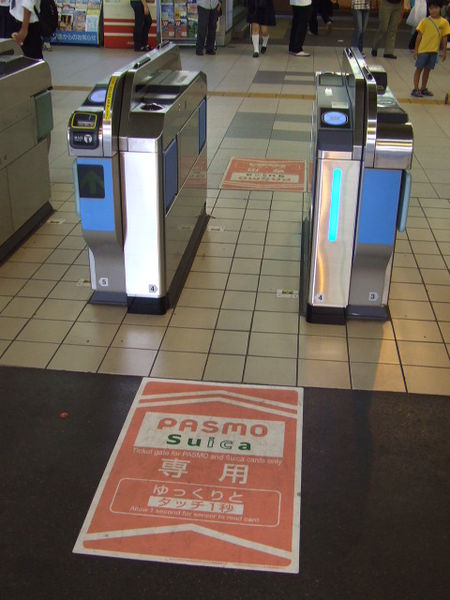
The left gate in this picture is for use of physical tickets AND IC Cards. The right gate is IC ONLY.
| Japanese | Romaji | English |
|---|---|---|
| 電車 でんしゃ |
Densha | Train |
| きっぷ | Kippu | Ticket |
| 改札 かいさつ |
Kaisatsu | Ticket gate |
| IC専用 ICせんよう |
IC senyou | IC ONLY |
| 乗る のる |
Noru | Get on (train, bus, etc.) |
| 降りる おりる |
Oriru | Get off (train, bus, etc.) |
| 乗り換え のりかえ |
Norikae | Change trains/transfer |
| 乗車 じょうしゃ |
Jousha | boarding |
| 降車 こうしゃ |
Kousha | Disembarking (getting off) |
| 発車 はっしゃ |
Hassha | Departing, moving again after stopping |
Taking the Bus
When you take a bus, the door to board will be either at the front or middle, depending on the company. If you’re not sure which door is for boarding, check where other people are going. The following are the steps for riding the bus.
Step 1
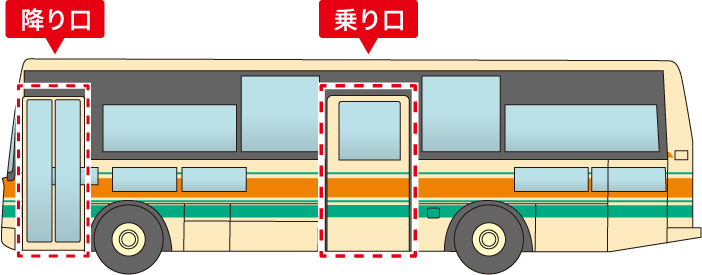
After determining which door is for boarding, get on the bus.
Step 2
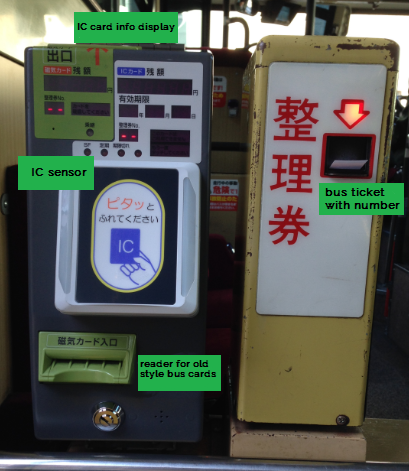
In the doorway, there will be a machine with a ticket, and maybe a blue IC Card sensor. Not every bus is equipped with IC capability, so do not depend on your Pasmo or Suica every time you take the bus. Always have cash on hand.
If there is an IC Card sensor, touch your IC Card to it to register yourself as a passenger.
If you cannot or do not use and IC Card, take the paper ticket from the machine. Do not lose it. This ticket has a number on it that will determine your fare. Take your seat. (If you used an IC Card, skip to Step 5.)
Step 3
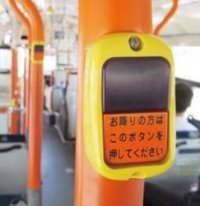
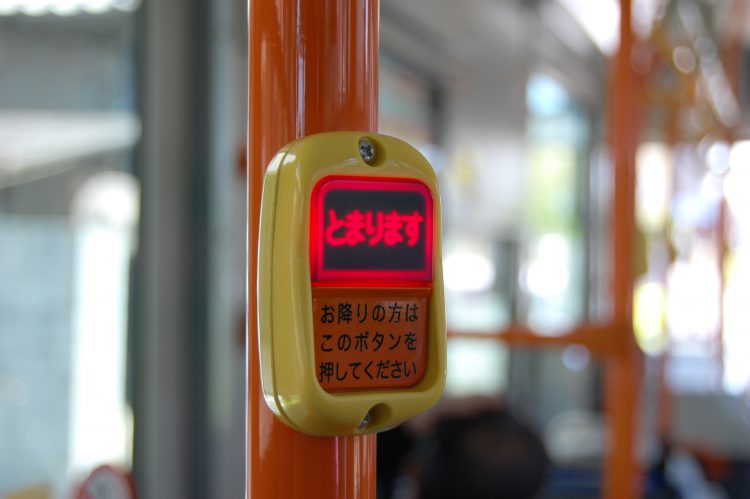
When the driver announces the name of a bus stop, there will be a stop soon.
Push a “disembark” (とまります) button to let the driver know you are getting off at the stop he just announced.
If no one pushes a button before a given stop, the driver will not stop the bus, so listen carefully.
Step 4
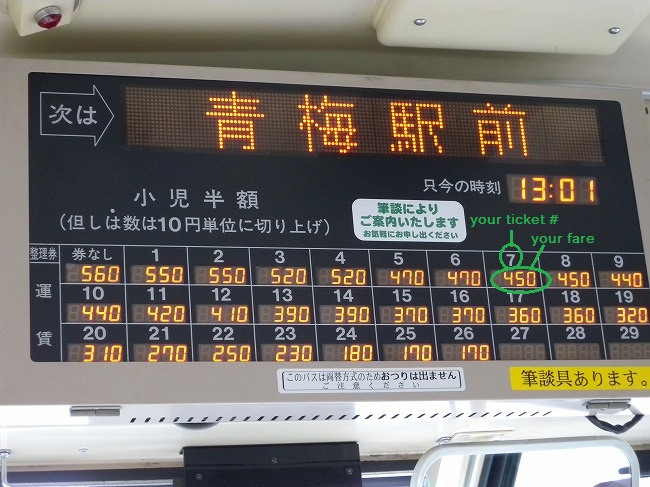
There will be a board at the front with ticket numbers and fares.
When the bus is about to make your stop, check the board for your number, and get your change ready.
Step 5
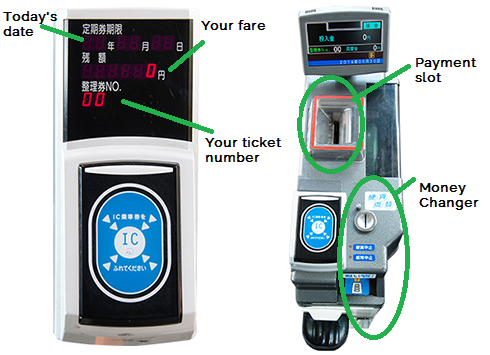
When the bus stops, go to the exit door and put your money in the machine.
If you do not have exact change, it’s no problem. Just put your money in the money changer, collect your coins, and put exact change in the payment slot.
If you boarded with an IC Card, tap you card on the sensor.
Step 6
Say “Thank you.” (ありがとうございます) to the driver and get off the bus. Watch your step!
| Japanese | Romaji | English |
|---|---|---|
| バス | Basu | Bus |
| 乗車口 じょうしゃぐち |
Joushaguchi | Door for boarding |
| 降車口 こうしゃぐち |
Koushaguchi | Door for disembarking (getting off) |
| 整理券 せいりけん |
Seiriken | Bus ticket (taken on boarding, not bought in advance) |
| 優先席 ゆうせんせき |
Yuusenseki | Priority seating (for the elderly, injured, handicapped, and pregnant) |
| 降車ボタン こうしゃぼたん |
Kousha botan | Button for getting off the bus |
| 両替 りょうがえ |
Ryougae | Money changing |
| 運転手 うんてんしゅ |
Untenshu | Untenshu |
| 次 つぎ |
Tsugi | next |
| 止まります とまります |
Tomarimasu | stop |
| 発車 はっしゃ |
Hassha | Departing, moving again after stopping |
More in Daily Life
Health & Medical Personal Care
